Here are some tips that may be helpful for you to travel to Malawi by car:
– In Malawi, drive on the left, as in England. At first, you feel weird thinking you’re doing it wrong all the time, but you get used to it. You will also need an international driver’s license.
– Speed limits must be respected. Watch out for the police and always have your car papers ready. In Malawi, we found many police checkpoints with cameras located mainly at the entrances and exits of towns and cities. In addition, the police realize many checkspoint to check that all the documentation is in order. We had an expired COMESA, and we were fined as it is mandatory to drive around the country with vehicle insurance. If you are asked to stop, never forget to smile and be polite. Usually, it works. Never give money to any officer because, if you have everything in order, there is no reason for them to fine you.
– It is necessary to wear a seat belt at all times and constantly check the condition of your vehicle. Bring spare parts and make sure to adjust the wheel pressure according to the terrain where you are. Also check your car oil and coolant often.
– Look at the type of road you are driving on and thus adapt the driving mode to it. In Malawi, many roads are notable for having large potholes. Therefore, if you see that there are many holes in the road, go slowly and be aware, some of them are very big!
– In Malawi you will find some tolls that must be paid in cash. These are mainly on the road from Lilongwe to Blantyre or Liwonde. Tolls cost 1,000 MKW (around 1.10 euros).
– At the entrance to large cities, such as Lilongwe or Blantyre, you will find certain traffic jams. For Lilongwe, for example, there is a ring road that goes through the outskirts of the city and thus you avoid entering the center, especially in the market area, where the agglomeration of vehicles and people is very noticeable.
– If you are driving through Blantyre, we recommend that you pay close attention to the direction of traffic of the streets, as it has a somewhat strange layout with streets in different directions that do not have a certain logic.
– If you drive through Zomba, be especially careful when you leave Pakachere Lodge to avoid taking a street that is a prohibited direction. Sometimes the large number of people makes you lose your way and go through this street, and right at the end, when it joins the main road next to the police station, there is always a police control and they will take the opportunity to fine you.
– Malawi is a country that you can easily visit with a tourism car. You will not need to use 4×4. Of course, then you will not be able to drive on the Gorodi Road, which goes from Chitimba to Livingstonia; nor access to Nyika NP.
– It is important that you purchase a map of the country, along with GPS-enabled maps, as in many places there is no cell phone coverage. We worked very well with the MAPS.ME application. You can download the map by area or by country.
– If you want to visit Likoma Island, you can leave your car at Monkey Bay or Nkhata Bay and take the ferry from these towns. We stayed at the Butterfly Space in Nkhata Bay, who let us have our car in their car park for free. In this way, you can go and discover this island without having to suffer for your vehicle.
– Malawi is a very beautiful country to drive, as you will find some roads that pass through spectacular landscapes. For example, the Gorodi Road that goes up from Chitimba to Livingstonia, the scenic route that goes up to the Zomba Plateau, the inland route that goes from Dedza to Golomoti and is a shortcut to the Cape Maclear and Monkey Bay area, or the road from Blantyre to Nchalo.
– In Malawi you need to watch your driving if you are in the country during the rainy season. Many times, torrential rains flood roads and even break some bridges. We got stuck going to Nchalo, because a bridge broke and the local people were putting stones to rebuild it, asking for a tip from everyone who wanted to pass there for their work.
– Regarding the documentation required to enter the country with your car, you can use the Carnet de Passage (CdP) in order to avoid a temporary import fee at customs of 20,000 MWK. In addition, you will have to pay a Road Tax of USD 20 (which you have to pay in cash) and a Carbon Tax that depends on the capacity of your vehicle’s engine. For example, we with our Toyota paid 11,500 Kwachas in cash, to have a vehicle with a power between 2000 and 3000 cc. Also keep in mind that travel insurance is mandatory in Malawi. We recommend that you go with COMESA, which will also serve you for other countries such as Tanzania, Zambia, Zimbabwe or Uganda. If not, you will have to buy local insurance at the border, where prices are usually more expensive. Because we were caught by the police with expired insurance, we had to pay a fine and go all the way to Mzuzu to get local insurance (with Prime Insurance company) for 24,000 MKW.

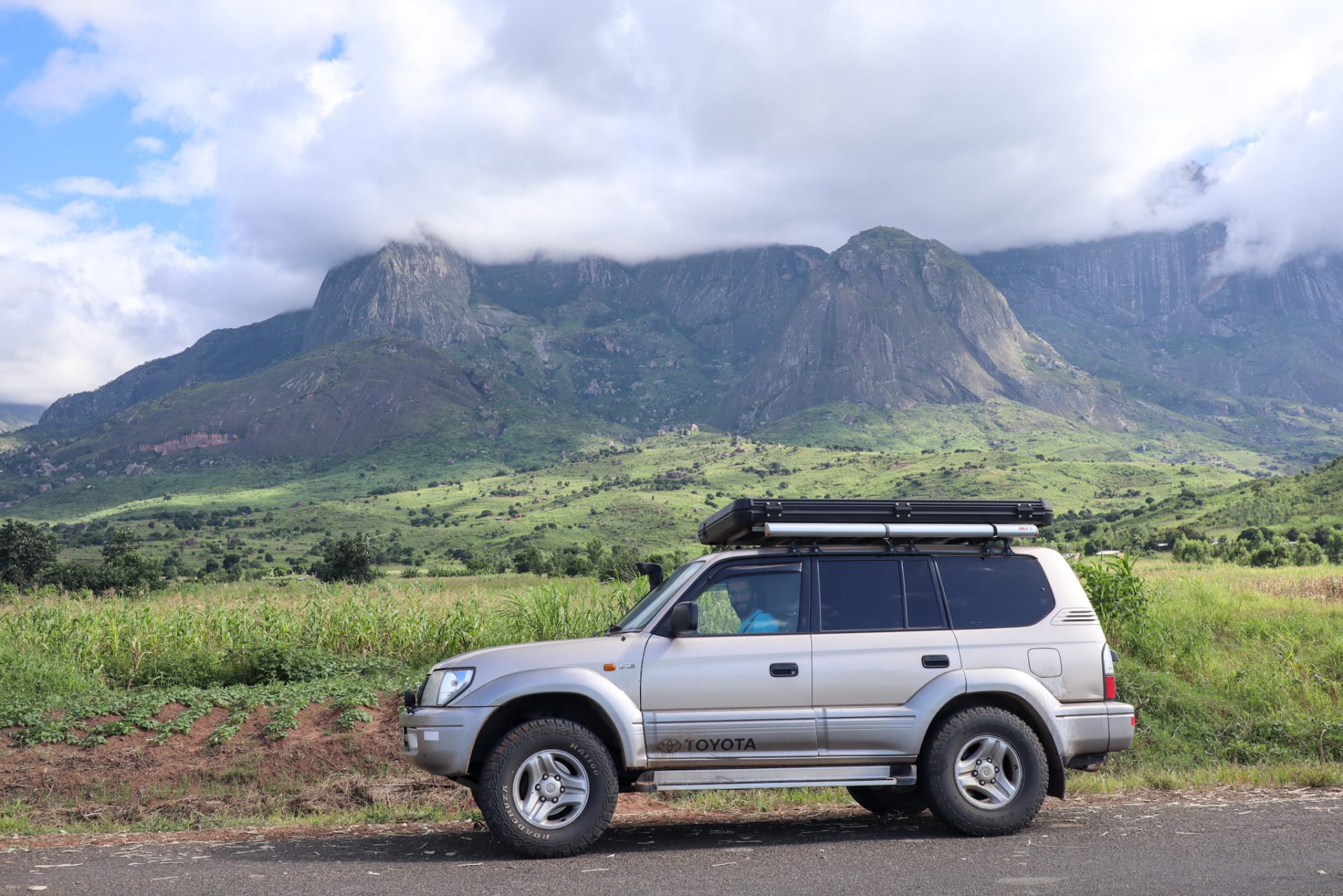


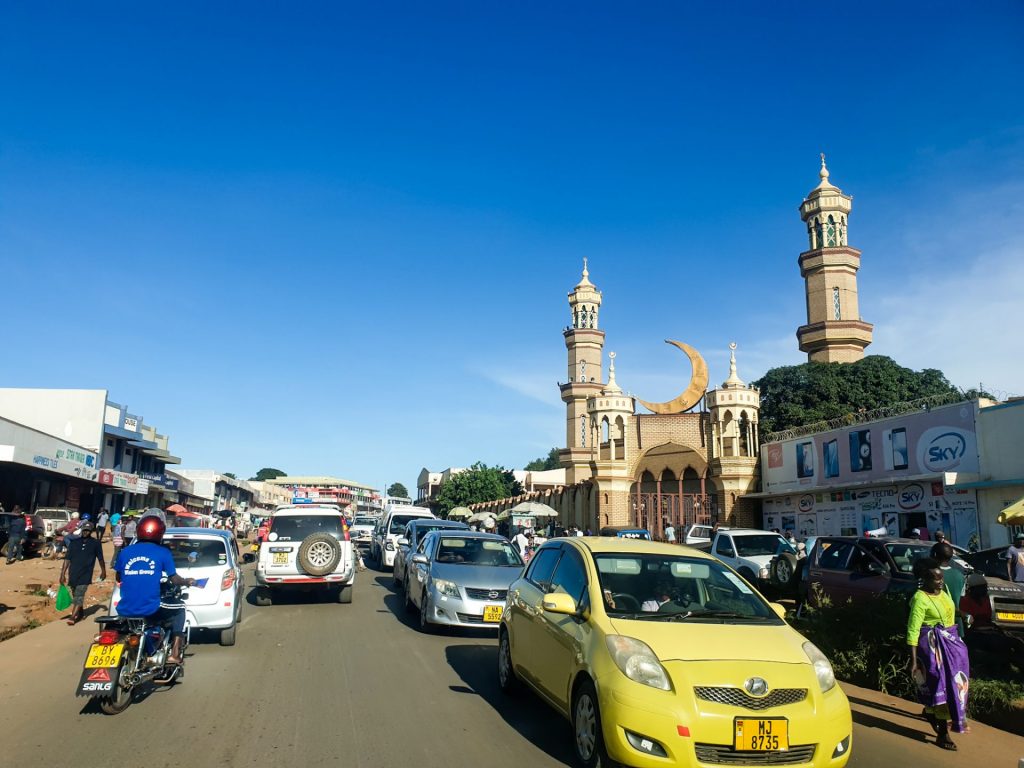
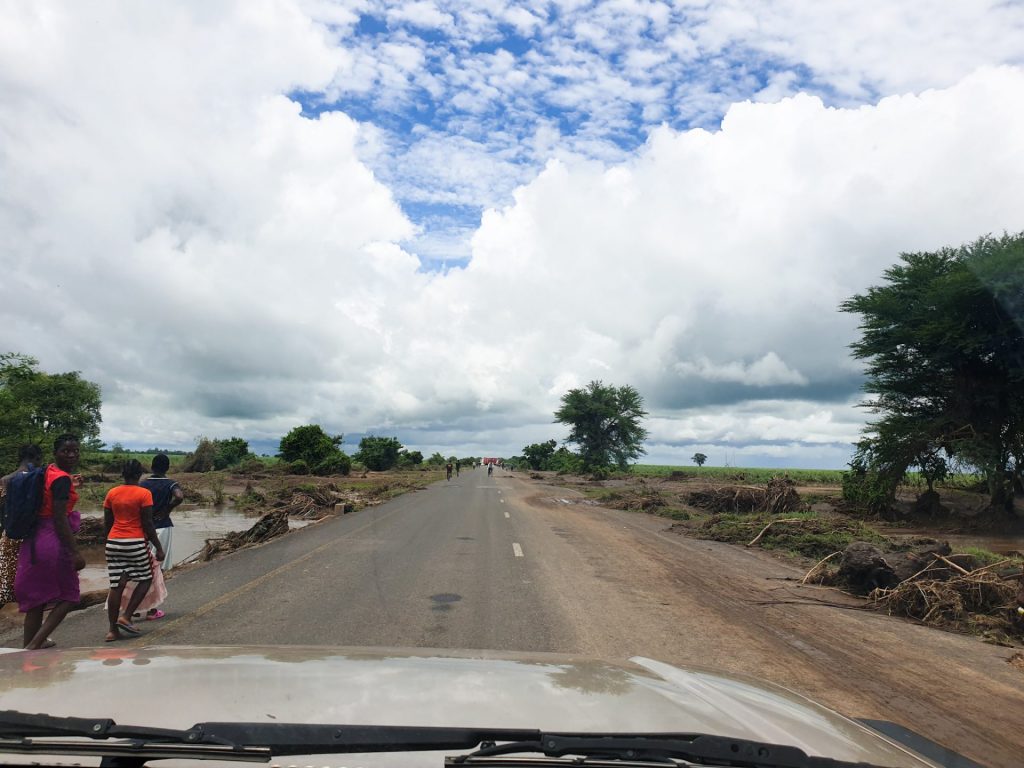


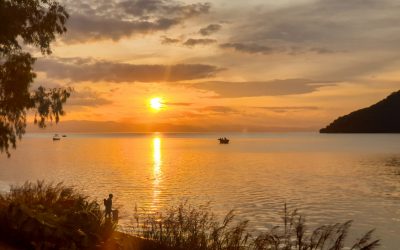
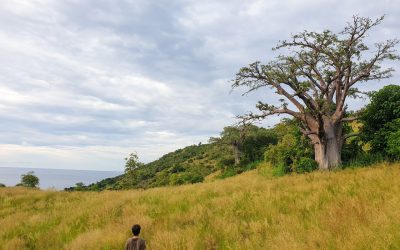
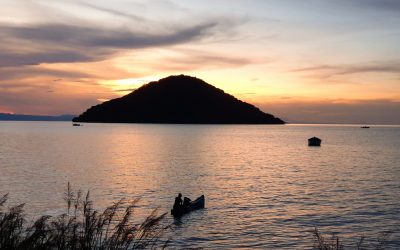
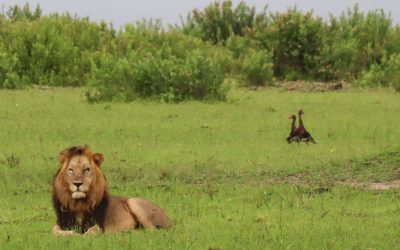
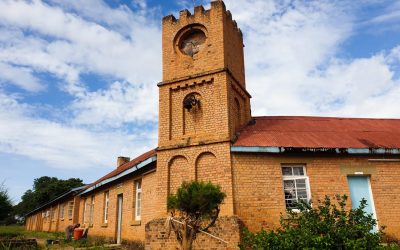

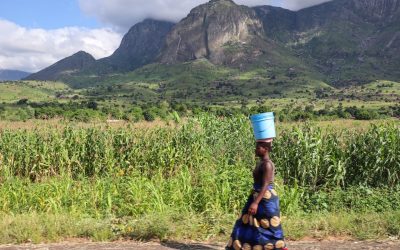
0 Comments